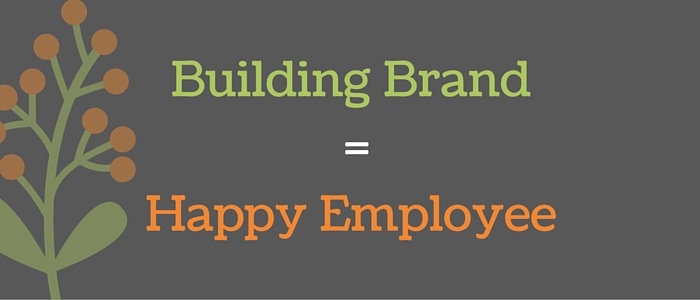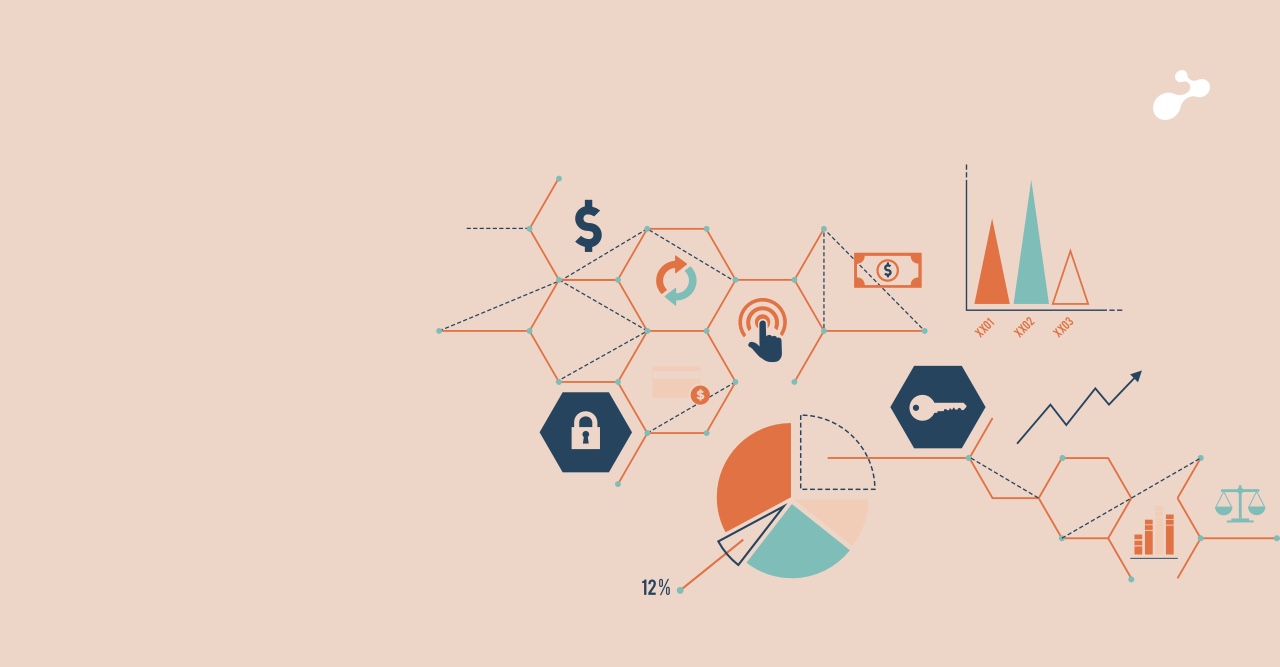Customer is key to success for any business. But which type of customers are we talking about? Organizations, which engage with customers, convert them and delight them through their product or service, survive and thrive among stiff competition. Lot of organizations set up internal systems to deliver quality output, focus on relation building activities and are ready to walk the extra mile to get and retain customers. All out efforts are spent to satisfy/delight existing customers and win references from them to increase business.

However, these efforts eat away a lot of bandwidth of senior and middle level management for SME sector. Realistically, for SMEs to be able to manage customers effectively, they need to segment their customers.
Typically, customers are divided in four segments. For optimal utilization of management bandwidth, this is extremely necessary. This way businesses can focus their energies on identified customer groups prioritizing attention towards existing and high paying customers.
Segmentation can be done using the following grid:
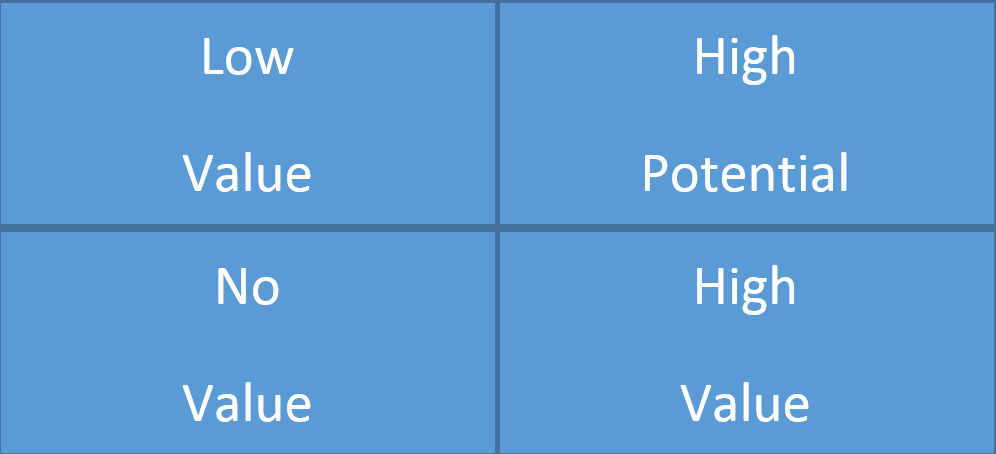
Categorization of Customers:
So, how do you identify high potential customers from your current stack or acquire them? This is a common question among SMEs. Any customer who pays appears as a high potential customer. At the time of Sales/Pre-Sales cycle, every new customer is labeled as ‘High Potential/Strategic’. However, there should be specific parameters, which take opinions out of this evaluation and help SMEs to categorize their customer stack.
High Potential customers:
Definition: Customers who have the potential to grow your revenue in geometric proportions. Current business from them may be low. However, if they fit certain evaluation parameters, you can rate that customer as ‘High Potential’. This customer is the leader in their market segment. They have a strong historical background. They are known globally or at least in their geographic selection.
It is found that even they are up in the value chain, they need high focus and involvement. Your aim should be to convert them to ‘High Potential – High Value’ accounts. All out efforts and maximum bandwidth at all levels should be available for these accounts.
Here are a few parameters that you can consider:
- Where does this customer fit in your strategic plan? (“Can the company be a 1 M (or any value you have in mind) per year customer?”)
- Turnover of the customer (Check financial stability, listing, position amongst competitors, impact of market dynamics)
- Product range and/or expected service opportunities
- Operational global spread
- IT spend
- Your organization’s share in the overall IT spend of the customer
- Growth possibilities for your organization (Is it exponential?)
- IT vendor base (Study their vendor base, services, vendor contribution in the IT spend of the customer – Vendor base analysis)
- Technology and infrastructure feasibility of your organization to provide required service. (Does that fit in your technology roadmap/vision/strategy?)
- Client IT team size and their expertise (Inversely proportional – Lesser the size and lesser the expertise of client team, higher the potential)
- Client payment records (Do they pay vendors on time?)
There can be many more questions based on your specific situation. Organizations need to identify questions based on their specific business needs.

Strategy 1: Make High Potential Customers to ‘High Potential – High Value’:
Actions –
- Try to be close to the customer on technology and business aspects.
- Leadership and key team members must meet with key stake holders at the prospect/customer business. Invest in relationship building activities.
- Never goof up a project (even if it is small) from a client.
- Assign best of the team members for the project.
- Maintain transparency
- “Always be helpful”
High Value:
Definition: ‘Cash Cow’ customers. You earn your bread and butter through them. Large size teams and sizeable revenue is a constant. They have number of vendors and do not keep eggs in one basket. Long-term contracts are typically the trend. However, growth in the revenue is kind of flat. Low clarity on opportunities for growth.
Generally, it is found that involvement in these accounts is very high as they bring in definite funds in the organization’s kitty. These accounts are generally taken for granted across organizations and focus on them is lost over a period of time. We need to increase the focus on these accounts to convert them to ‘High Potential – High Value”’
Few parameters that belong to the high potential customer will find mention here, along with some additions:
- Where this customer does fit in our strategic plan? (Can the client be 1 M (or any value you have in mind) per year customer?)
- Turnover of the customer. (Check financial stability, listing, and position amongst competitors, impact of market dynamics and other such factors).
- Product Range and/or Expected Service opportunities.
- Operational global spread.
- IT spend.
- Your organization’s share in the overall IT spend of the customer.
- Monthly revenue > ‘X’ $.
- Contract duration (Long Term – Min 1 year).
As before, you can customize this list depending on your unique requirements.
Strategy 2: Maintain High Value Customers:
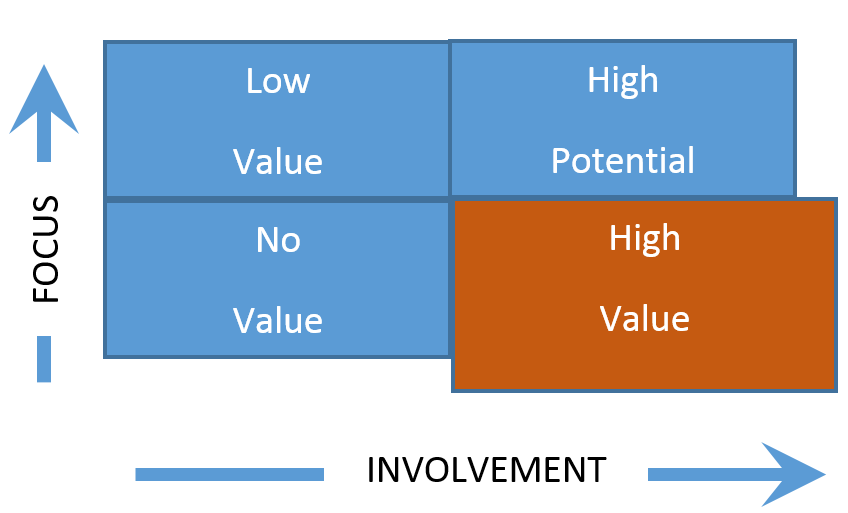
Actions:
- Dedicate a good technical team for the project. This account is your bread and butter. Maintain it.
- Provide strong technical support offshore/onsite.
- An expert from the team should be present onsite at the time of critical deployments.
- Maintain transparency.
- Train fresher team members on the project. Reduce the cost.
- Rotate people if they are demotivated working on the same account/technology/business domain.
- Convert them to High Potential.
Strategy 3 – Convert High Value customers to “High Potential – High Value”.
Actions –
- Understand the customer’s business.
- Have frequent onsite meetings with customer to understand their future plans and needs.
- All other actions mentioned in the High Potential Customer actions.
Low Value:
Definition: Generally, their team size is small. Revenue ratio to turnover is low. The management bandwidth usually gets consumed addressing escalations. Organization cannot afford to invest more in the account for the very nature of the low value account.
Generally one finds less involvement in such businesses. However, there is a high focus for handling issues and escalations in the account.
Strategy 4 – Move Low Value Customers to High Value
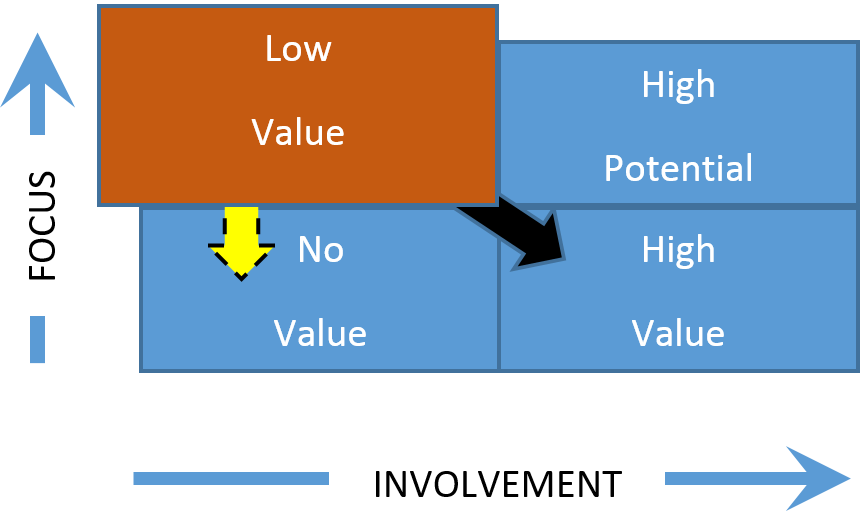
Actions:
- Analyze account to find out reasons for lack of growth.
- If feasible, eliminate these reasons.
- Increase interactions with the customer.
- Generally, these are ISVs and have limited opportunities for growth.
- Convert them to partners and get hold of their client/s.
- If these are small ventures trying to build products, help them to cross sell.
- If nothing is possible, move them to the No Value stack.
No Value:
Definition: These are the accounts or customers where organizations cannot focus or involved. Outstanding is high. No payments on time. Very small team. Customer is not ready to increase team size and burning team members out. Lot of escalations/complaints. Customer behavior is unpredictable. Overall, lot of noise and no output.
It is difficult to have a constant focus and involvement with these customers. Also, there is a lot of interruption from them.
Strategy 5: Move “No Value” to “Low Value” or out of stack over a defined period
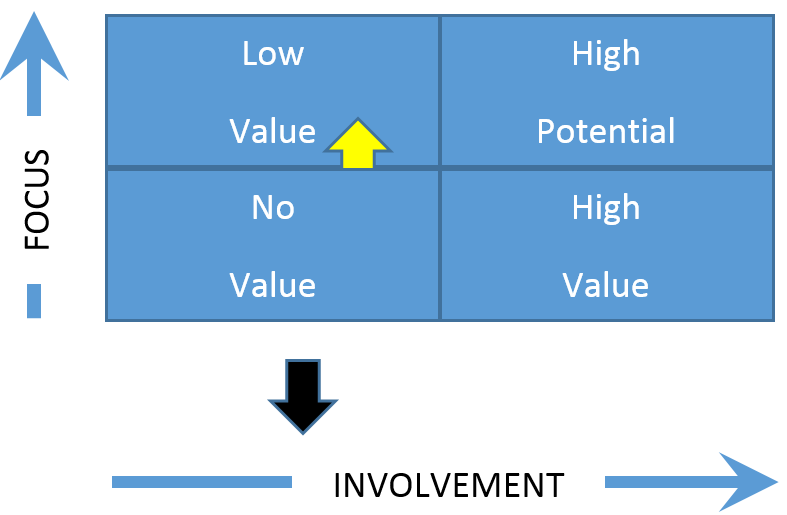
Actions:
- Analyze the account for reasons of it being No Value.
- If possible, take actions to convert it into at least Low Value.
- Discuss with customer about value addition of this account to each other.
- Discuss methods to disengage relationships on mutually beneficial factors.
Conclusion:
It is very difficult to satisfy all the people, all the time. Can you prioritize and satisfy selected people to be happy all the time? Yes, you can. And if you do that, it help to channelize your energies for more constructive work. It forges a win-win relationship between your company and customers.
I do not claim that strategies and actions identified above are complete. They will change from organization to organization. Use this post to kindle your thought process and design a workable model for your organization. These ideas can be used as guidelines.
While thinking on this process of categorization, another new thought struck me. Can this model be applied for employees of the organization? Wait for my next blog.

